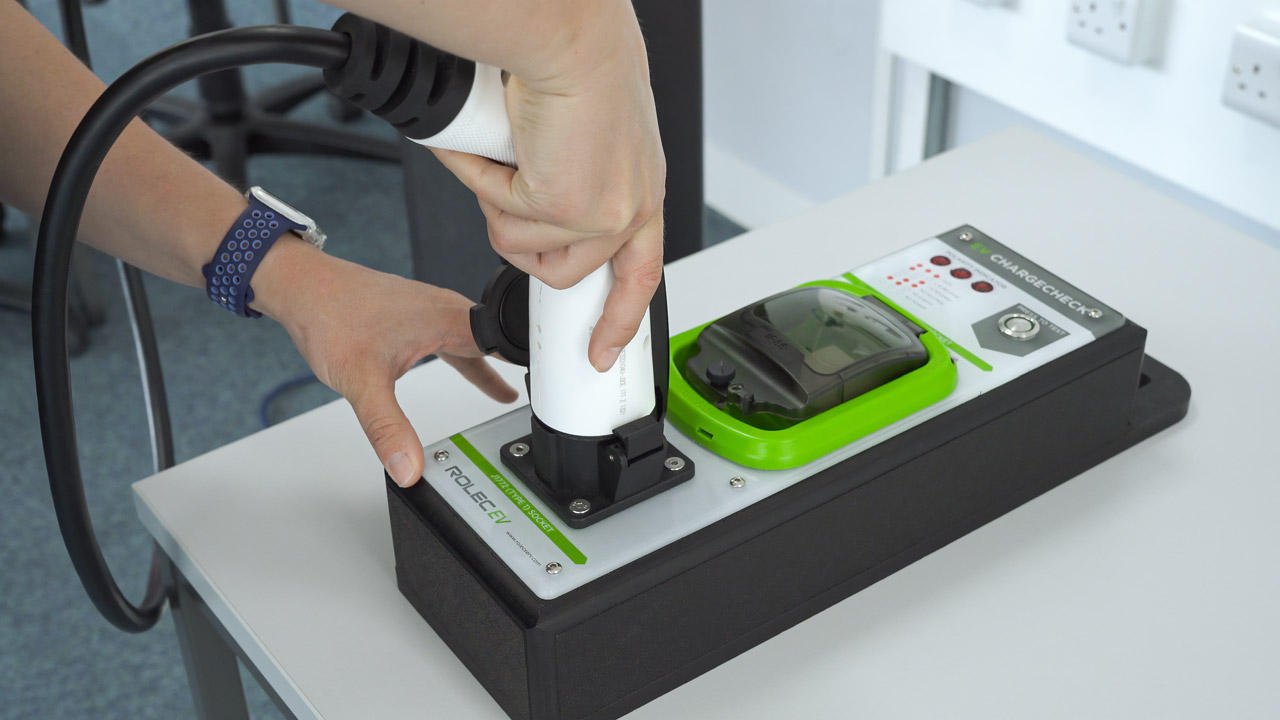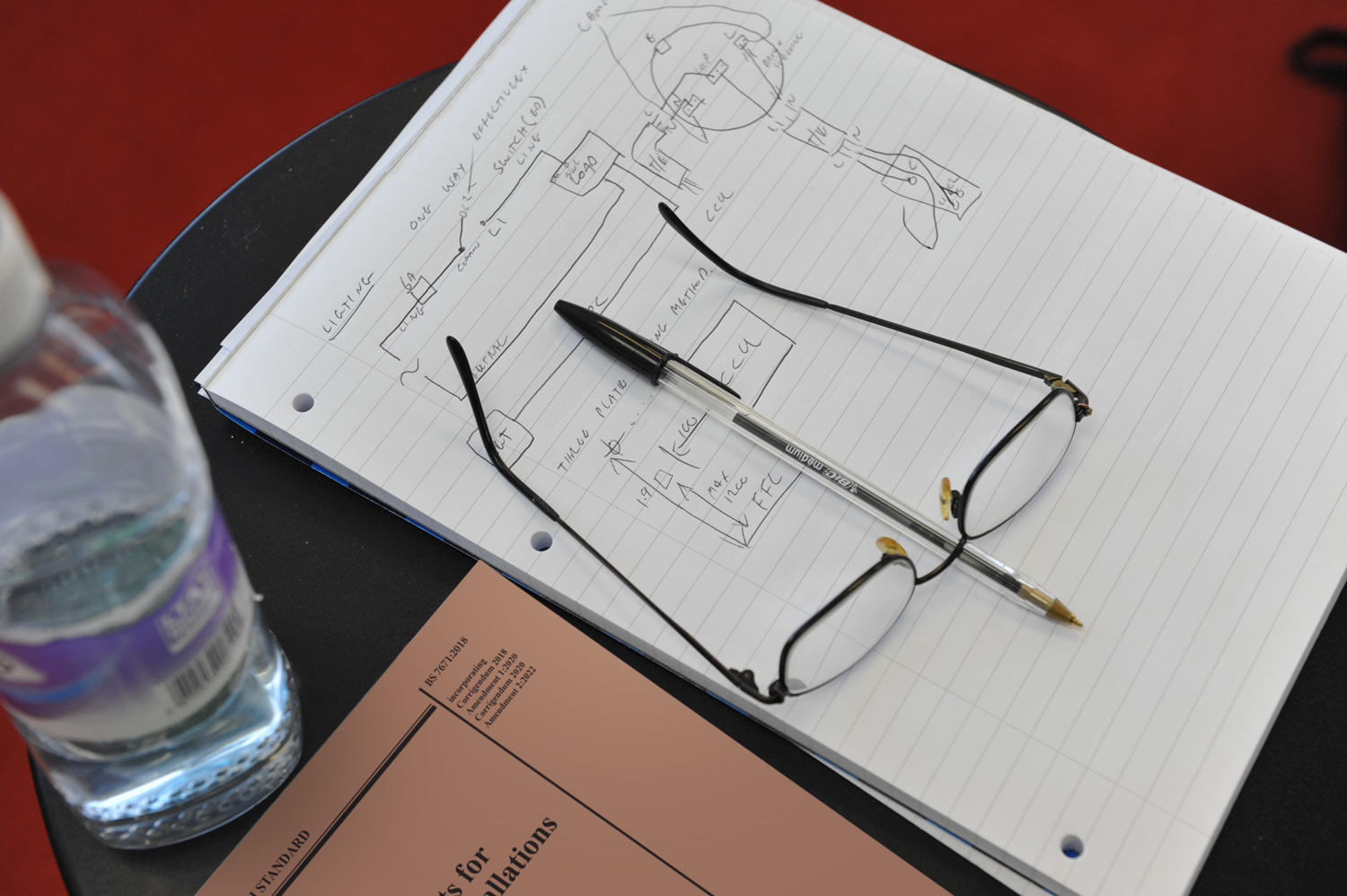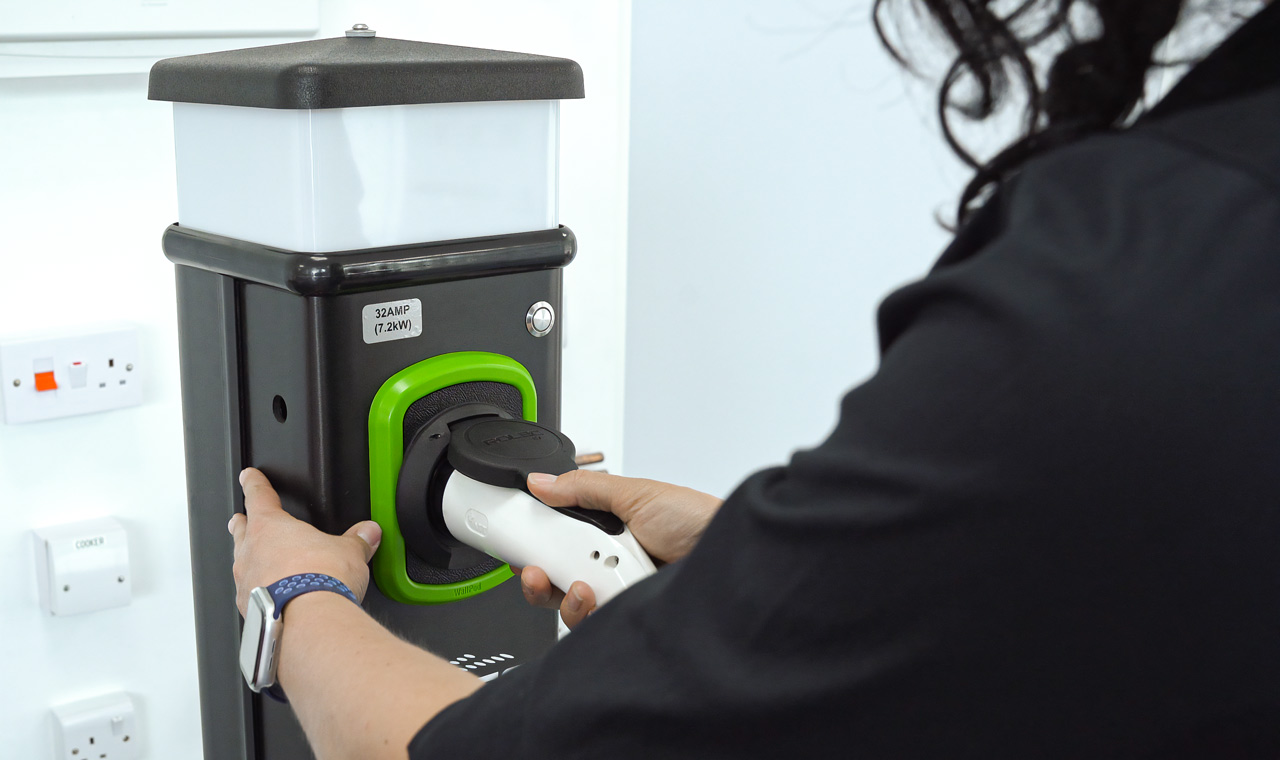If you’ve ever wondered whether colour blindness could throw a wrench into your dreams of becoming an electrician in the UK, you’re not alone. It’s a question that pops up frequently from folks eyeing electrician courses. The good news is that, in most cases, colour blindness won’t short-circuit your ambitions. Still, there are a few things to keep in mind to support your career as an electrician, from TradeSkills4U – the top electrician training providers in the UK.
Colour Blindness Basics
Let’s start with the basics. Colour blindness is more common than you might think, affecting around 8% of men and 0.5% of women with Northern European ancestry. Blue-yellow colour vision defects impact both men and women equally, occurring in less than 1 in 10,000 individuals globally. On the other hand, complete achromatopsia is estimated to affect approximately 1 in 30,000 people. The most widespread type is red-green deficiency, where distinguishing between those colours becomes a bit tricky.
Types of Colour Blindness
Colour blindness, or colour vision deficiency, comes in various forms, each affecting an individual’s perception of colours in distinct ways. The most common type is red-green colour blindness.
- Protanomaly: People with protanomaly experience a reduced sensitivity to red light, making reds appear more like greens.
- Deuteranomaly: Similarly, deuteranomaly affects the perception of green light, causing it to appear more like red.
- Protanopia: In protanopia, individuals lack the red cone photopigment, leading to difficulty distinguishing between red and green hues.
- Deuteranopia: Deuteranopia is characterised by the absence of green cone photopigment, resulting in challenges differentiating between red and green colours.
- Tritanomaly: This rare form impacts blue-yellow colour perception due to a malfunction in the blue cone cells.
- Tritanopia: Even rarer, tritanopia causes a complete absence of blue cone cells, affecting the ability to distinguish between blue and yellow.
Now, you might be thinking, “Can I really cut it as an electrician if I’m colour blind?” The answer is generally yes! Most forms of colour blindness, including the red-green variety, won’t dim your chances of pursuing a career in the electrical field. But, like any good electrician, you’ve got to stay sharp.
Electrical Apprenticeships and the Colour Blindness Test
If you’re eyeing an apprenticeship scheme, there’s a hurdle to clear — the colour blindness test. Yep, it’s a thing. This test ensures that you can spot and handle coloured wires correctly, a crucial skill in the trade. However, if you’re footing the bill for your training, going the self-funded route with courses like the C&G 2365, you might dodge this particular test.
Wire Colours: Then and Now
Now, let’s talk wires. Back in the day — we’re talking until the 1970s — single-phase electrical wires were rocking colours like green, black, and red. Great, right? Not so much if you’re colour blind. The red-green duo looked like twins due to a reduced sensitivity to those colours, which makes identifying which wire is which a whole lot more challenging.
To fix the glitch, the industry introduced the multi-coloured (yellow and green) Earth wire in the late ’70s. Fast forward to 2004, and red got the boot, replaced by brown for single-phase line and blue for neutral. So, in modern times, colour blindness is less of a buzzkill, especially for those dealing with domestic installations. But (and it’s a big but) older setups might still flaunt the classic red, black, and green combo. That’s where things can get a bit tricky.
Taking the Colour Blindness Test
Before you don your electrician cape, it’s wise to double-check your colour vision. Head over to an optician for a professional test, or if you’re feeling tech-savvy, try an online test. Keep in mind that online tests might not be as fool proof due to variations in screen settings. They’re more like a preliminary check to see if you’re on the right path.
Typically, these online tests ask you to spot numbers and count coloured lines. If you can’t quite nail it, just leave the field blank. The goal is to gauge the extent of your colour blindness accurately. So, before diving into the electrical world, it’s best to know what you’re working with.
Apps to the Rescue
Alright, you’ve confirmed you’re colour blind. Now what? Fear not! Technology has your back. There are nifty apps designed to assist those with colour vision deficiencies. Here are a couple that make it a whole lot easier:
- Colour Blind Test
Colour blindness often sneaks up on us, making it hard to tell blues from purples or violets from reds. The Colour Blind Test app is like your personal colour detective, offering tests like the Ishihara colour vision test and the Farnsworth D-15 Dichotomous test. These help pinpoint if you’re grappling with red, blue, or green colour blindness. The app is user-friendly, free, and comes with a nifty vocal guide. Just remember, it’s not a substitute for a comprehensive eye check-up with your ophthalmologist.
Key Features:
- 3 colour-blindness tests
- Voice Guide
- 6-month reminder
- Only on Android
- Colourblind Helper & Simulator
For all you iOS enthusiasts, the Colourblind Helper & Simulator is like a one-stop-shop. Not only does it save you from turning your “Ground Beef” into an abstract masterpiece (because who can tell pink from grey, right?), but it also gives those with normal vision a peek into the world of colour-blindness. And guess what? There’s an inbuilt colour blind test, too. It’s like having a colour-savvy sidekick in your pocket.
Key Features:
- Colourblind stimulator for normal vision
- Colourblind self-diagnostic test
- Colour Blind Pal
This app is a game-changer for the colour blind. Developed by Vincent Fiorentini, who happens to be red-green colour blind, Colour Blind Pal helps you identify colours by pointing your camera at objects. It’s straightforward – the app displays the name of the colour. You can also filter the screen to highlight a specific colour or preview according to the type of colour blindness you’re dealing with. It’s available on both Android and iOS, making it a must-have for anyone navigating the spectrum of colour.
Key Features:
- Find out the colour by pointing your camera
- Choose common or colloquial colour names
- Freeze the picture for accuracy
- Available on both Android and iOS
- Colour Blind Filter on iOS
If you’re an iPhone user, Apple’s got your back. The Colour Blind Filter on iOS is a hidden gem in the accessibility features. It lets you tweak colour filters to make using your phone and viewing pictures and videos a breeze. From Grayscale to specific filters for Protanopia, Deuteranopia, and Tritanopia, you can customise your viewing experience.
How to Enable:
- Open Settings > Accessibility > Display & Text > Colour Filters
- Choose from Grayscale or various colour filter pre-sets
- Adjust colour intensity for the perfect view
- Colour Blind Filter on Android
Android users, fear not – there’s an accessibility setting for you too. To enable colour correction, head to your device settings, select Accessibility, then tap on Colour Correction. Choose from Green-Red (Deuteranopia), Red-Green (Protanopia), and Blue-Yellow (Tritanopia) correction modes. It’s all about making your device adapt to your vision needs.
How to Enable:
- Open Settings > Accessibility > Colour Correction > Enable Use Colour Correction
- Colour Blindness Test Game
Turn your colour blindness test into a game with the Colour Blindness Test Game app. It’s not your typical testing app; it’s a game with a user-friendly interface. You’re presented with tiles in similar colour palettes but with slightly different shades. Your mission? Find the odd one out before time runs out. It’s a fun and straightforward way to get a sense of your colour vision.
Key Features:
- Fun and easy to understand
- Helps you know if you lack vision
Your Journey as a Colour-Blind Electrician
In a nutshell, becoming an electrician in the UK with colour blindness is entirely doable. The industry has adapted to welcome a diverse range of abilities, and colour blindness is usually not a showstopper. If you’re on an apprenticeship route, brace yourself for that colour blindness test. But if you’re taking the self-funded path, you might just breeze through without breaking a sweat.
The evolution of wire colours has certainly made life easier for colour-blind electricians, especially in domestic settings. Just keep your wits about you when dealing with older installations that might still rock the classic colour combos.
So, whether you’re looking to wire up homes or take on larger projects, know that your colour blindness doesn’t have to be a stumbling block. With a bit of awareness and the right tools, you can shine just as bright as any other electrician in the field. Happy wiring!
TradeSkills4U – Leaders in Electrician Training Programs in the UK
For those looking to enhance their electrical skills or pursue certification as a UK electrician, Trade Skills 4 U offers a diverse range of electrician training courses. Our comprehensive programs cover fundamental qualifications, electrical apprenticeships, and specialised skills. Contact our team today to learn more about the top electrician training program in the UK.




















